Who is Cicada 3301? Exposing all the Truth and Evidence 2018
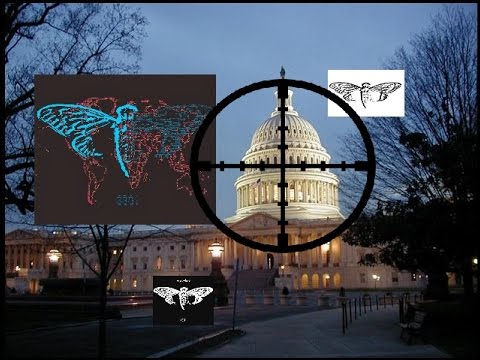.jpg)
Who do most people think Cicada 3301 really is?
Most of them have speculated that the puzzles are a recruitment tool for the NSA, CIA, MI6, or some form of secret society or government . Still, others view the Cicada 3301 puzzle as a type of ARG , though, no company or individual has taken credit or tried to monetize it. If the goal of Cicada 3301 was tied to a specific governmental program, it wouldn’t appear on such a global scale. According to the UK Metro News, “government intelligence agencies have recruited code-breakers through similar puzzles in the past. But Nigel Smart, professor of cryptology at the University of Bristol, doesn’t think this is the case here. ‘I have no idea who would be recruiting via that means,’ he said. ‘Probably not a government because it was non-geographic. GCHQ and the US government run similar challenges but would always aim it at UK or US people respectively’”. If the goal was for entertainment or gaming purposes, no profits are being made, but it may just be for enjoyment (either by creator actively participating or by watching others struggle to achieve meaning from the meaningless). If the goal was social or ideological, members of 3301 sought to collect highly intelligent members potentially capable of:
governmental influence for ideological cause
construction of a society uniquely reliant on futurism/intellectualism/collectivism.
In essence – a human embodiment of the elements we typically ascribe to technology and a possible appeal to techno-anarchists.

Who composes Cicada 3301 Music?
Thomas Schoenberger is a polymath, composer, historian, entrepreneur event designer, inventor and writer. His compositions have been performed by leading musical groups, including the Moscow Chamber Orchestra and other notable artists worldwide. We have noticed on Sophia Musick having the same music https://www.youtube.com/channel/UCnouYyjQ95buGKVs0-RbdgQ
We also notice some high advanced technology that has came from Germany in the past, where his ancestry comes from as well as some things Cicada use are from German. Also to note some of the biggest hacker groups known is the ChaosComputerClub. Even Tengri 137 was german based.
Known Triggers: anything with 3301 and scam related with his name & possible gang stalking.
http://thomasschoenberger.com/
other Musicans Connected is this CO AG music group. [More info later when found]
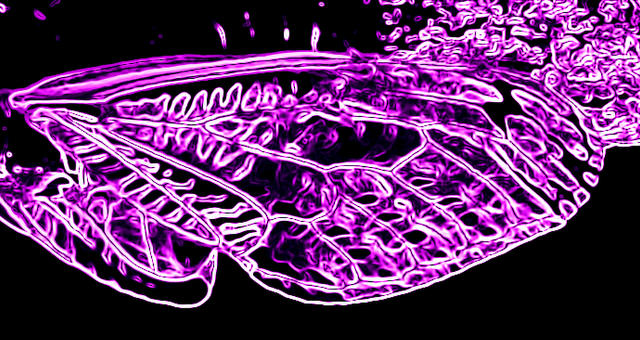
Who exactly Runs the Cicada Wikia?
BrotherBox, you may know him he always know lots of things about PGP and cicada. He is undeniably the King of those fields and well has quite the sense of humor. Likes to drink and give out secrets.

Could the Freemasons Run Cicada?
Yup as we know the Freemasons loves cryptic puzzles and is the type of thing they enjoy from time to time judging by their works of art and other things. Some occult references within both seem to overlap as well. [More info when available on Templar connection]
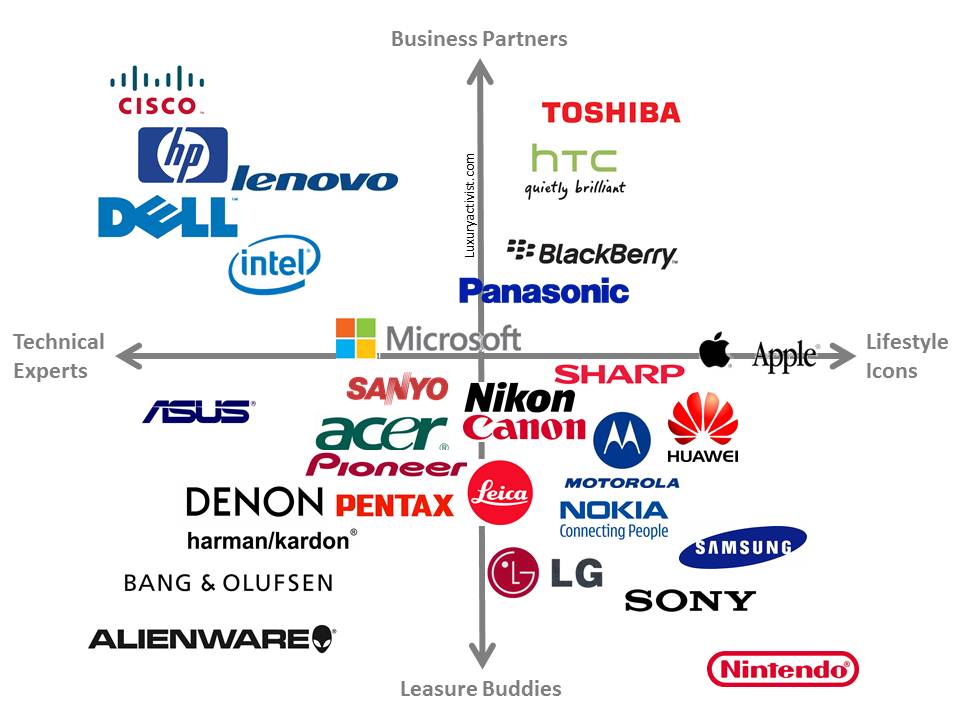
What high tech company could run Cicada 3301?
Almost any of them really, we are looking at Google, Apple, Windows, etc, and even more partnerships like Google or Facebook possibly being taken place here as it could very well be a very established company or groups of company making a joint-business. Even businesses with A.I. could be the leaders of the group. Which leads us to the next.

Could Cicada 3301 be ran by A.I.?
Yep it really all could be overruled by a sentient overlord like machine. Only if that was all fiction it would be cool. The matrix works in weird ways and revolutions happen in even stranger ways . As far as I could tell it could go as far as a cyber mercenary group controlling things or a peaceful protesting group I will admit at least.
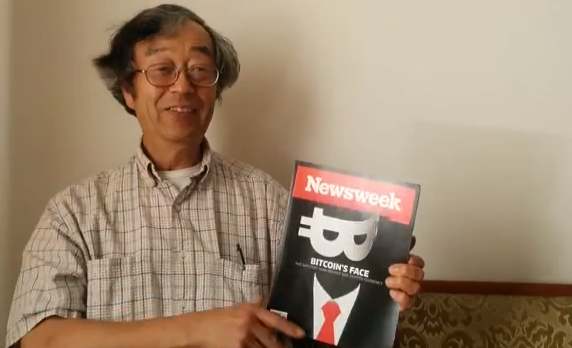
Did Bitcoin Creators also create Cicada 3301?
That is a very plausible Ideas with Bitcoin Created in 2009 and Cicada officially in 2012 both anonymous owners and creators sounds like a pattern.
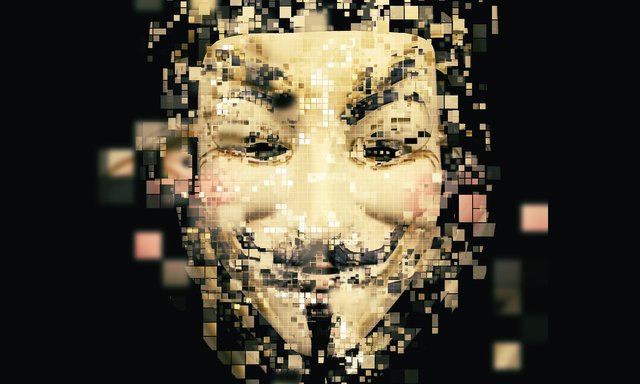
Could Anonymous be 3301?
As someone who used to be heavily active on 4chan from about 2004 to 2008, I can certainly say that this is something the community is/was capable of. Cicada 3301 was formed around the same time as the “Anon” ideology came to a crescendo (before the formation of the official hacker group “Anonymous”).
In fact, since its inception 4Chan members who identify as “Anon” have largely maintained an overarching ideology / political stance that is incredibly similar to the Cicadian tenants. 3301 may have been another way to both expand and improve Anon’s fledgling community of hackers.
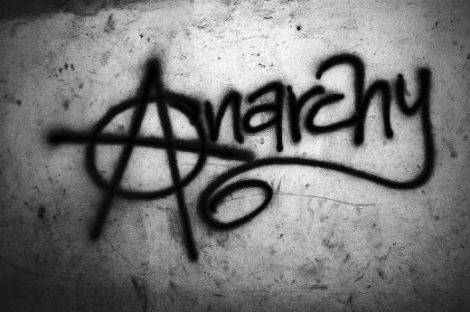
This theory seems to be supported by the account of Marcus Wanner, one of the only persons to publicly announce their successful completion on the Cicada 3301 puzzle.
“[Wanner] received an email from Cicada 3301 congratulating him on finishing his testing. They told him that there was one last step. The last leg of the journey did not incorporate any puzzles, riddles or Easter egg hunts but rather honesty and integrity,” said TechDigg, “They claimed only that the group was a collection of individuals with a common goal, to end tyranny, censorship, and oppression”.
Ultimately, these are some of the selfsame principles Anonymous holds near and dear. However, Cicada 3301 has not advocated illegal activities or hacking in any way. Ultimately, they appear to be, as TechDigg claims, a group “exclusively dedicated to researching and developing techniques and technology to aid in the ideas they advocate which are liberty, transparency, and security through technology”.
In addition to using many varying techniques to encrypt, encode, or hide data, these clues also have referenced cryptographic, mathematical, technological literary, artistic, and philosophical sources including:
Agrippa (A Book of the Dead), a poem by William Gibson
The Ancient of Days, a design by William Blake
Anglo-Saxon Rune alphabet
Johann Sebastian Bach
Cuneiform
C. Escher
Francisco Goya
Gödel, Escher, Bach, a book by Douglas Hofstadter
Kōans
Liber AL vel Legis by Aleister Crowley
The Lady of Shalott, a painting by John William Waterhouse
The Mabinogion, a series of pre-Christian Welsh manuscripts
Mayan Numerology
The Marriage of Heaven and Hell, a book by William Blake
Nebuchadnezzar, a design by William Blake
Newton, a design by William Blake
Self-Reliance by Ralph Waldo Emerson
Song of Liberty, a poem by William Blake
Collective consciousness and collective intelligence
Ego death
Esotericism
Gematria
Carl Jung
Kabbalah and Hermetic Qabalah
Søren Kierkegaard
Friedrich Nietzsche
Grigori Rasputin
Jean-Paul Sartre
Robert Anton Wilson
Zen Buddhism
Atbash cipher
Book ciphers
Caesar cipher
Diffie–Hellman key exchange
Factorization
General number field sieve
Kurt Gödel and his incompleteness theorems
GNU Privacy Guard (GnuPG or GPG)
Francis Heylighen
GNU/Linux
Magic squares
Number theory
Prime numbers
Pretty Good Privacy
RSA Encryption Algorithm
Self-reference
Shamir’s Secret Sharing Scheme
Steganography in digital images, text, and network protocols
Strange loops
The Onion Router (Tor)
Transposition ciphers
The Vigenère Cipher
What was the Goal of the Cicada 3301 Puzzle?
Since 2012, it has been widely speculated as to who Cicada 3301 is and what their ultimate goals are.
############################################################

Does Cicada 3301 originate from UC Berkeley group?
(cicada.berkeley.edu)
Relatively new compared to other secret groups – oldest members were collaborating in the 1990s, but as a group they only started in the early 2010s. The Cicada 3301 puzzles are how they recruit. It used to be more open, recruiting in person and through places LessWrong, but that created obvious infosec problems. Nick Szabo, who is also believed to be one of the creators of bitcoin, is also believed to be an top member of the College. Balaji Srinivasan, a VC who advocates for Silicon Valley to secede from the US, is another Relatively young group of people: generation X and generation Y. Definitely not a fan of the direction the baby boomers took US culture and government.
They try to use their influence in tech and journalism to try to push the popular narrative in a certain direction rumored to have turned the public against certain narratives, such as black lives matter, and made blockchain software mainstream. They are believed to communicate mostly online over some kind of message board system, but also meet in real life. They are rumored to have wealthy patrons who cloak their activities in the superficial trappings and rituals of occult groups as a diversion base many beliefs around the writings of Mencius Moldbug, a computer engineer, and Nick Land, a Shanghai-based British philosopher. Last project was building a private city in Kazakhstan, which I hear has fallen through.

There have been early records discovered in 1993 to 1994 relating to a series of mailing distributions created by Berkeley staff who worked in Soda Hall. One of them was Eric Hughes, who was a mathematician in 1993 at Berkeley who was involved in working on making the distros encrypted and anonymous. What is funny is that the distro domains had cicada written into it. (cicada.berkeley.edu). Eric Hughes was well know in the cypherpunk community who wrote books on cryptology. He was also associated with John Gilmore, who is a huge advocate against Internet censorship and an advocate for Internet privacy, encryption, and anonymity. Best of all? John Gilmore was the fifth employee of Sun Microsystems and most likely knew the technological underground that was busling at the time in Silicon Valley.
What made this connection even more exciting was there are faculty at the time in Berkeley who was aware of cicada.berkeley.edu distros and even used them. One notable example is Dr. Michael Stiber, a Computational Biology professor who currently is teaching and researching for the University of Washington, but landed his first teaching post in UC Berkeley in 1996 (CV: http://faculty.washington.edu/stiber/cv.pdf). Stiber used the cicada.berkeley.edu distro as a form of his e-mail when he co-authored this paper (http://www.ncbi.nlm.nih.gov/pubmed/8971210). Furthermore, Stiber (being mostly still considered a professor in the biological sciences), has a very interesting Twitter headline in which he writes "I don't believe in anonymity." Therefore, Stiber has to be aware of cicada.berkeley.edu.
Finally this public log was recorded by Webster University regarding on how cicada.berkeley.edu was used in relations of keeping them anonymous (http://www.websteruniv.edu/~bumbaugh/net/net-anon.pt1). As a result, it seems that cicada.berkeley.edu distros appear to have built the earliest forms of encryption and anonymity in relations of using the Internet as a form of communication and information transferring. As a result, it ties closely to the MO of how Cicada 3301 does things in relations to their puzzles thus far. Furthermore, the last time cicada.berkeley.edu was noted was at the end of 1994 (However, it is believed that the distros themselves were still active till the early 2000's) only to reappear in references again in 2011, the same year the puzzles were launched! (Needs a verification). Note here, that this is exactly 17 years in between. Like the cicadas that live underground for 17 years they have again, emerged. Some further speculate that in brood 0h (the name given to 2012 rectuits), 'h' stands for 17 in baseX encoding (X>17) using letters above 9 just like hexadecimal.

By digging deeper into Cypherpunk, we have discovered that cicada.berkeley.edu distro's were just a mere prototype for the larger picture of the Cypherpunk Mailing List, which was in turn, the prototype to the darknet and Tor. The Cypherpunk Mailing List was eventually created beetween Eric Hughes (who developed the cicada.berkeley.edu distro), John Gilmore (now running his own Bay Area firm Cygnus Solutions) and Timothy C. May, who was one of the early electronic engineers working for Intel. The Cypherpunk Mailing List became popular for public debate regarding the privacy, freedom and neutrality of the Internet to philosophical, mathematical, computational, technological and cryptographic matters. Due to its anonymous and encrypted methods, mail bombers frequent used the service to target their victims with spam e-mails and until 2013, Al-Qaeda has even used the service.
People who used Cypherpunk included Philip Zimmermann, who created PGP Signatures. Julian Assange (of the WikiLeaks fame) and even Tor developer Jacob Applebaum. These people are a fragment of many intellectuals, engineers and professors who used or develop the service.
In a sense, cicada.berkeley.edu was the prototype to the Cypherpunk Mailing List, which in turn, might have influenced the creation of Tor and the darknet in 2003.
Therefore three possible conclusions can be reached:
- Cicada 3301 was inspired by the cicada.berkeley.edu distribution development in the early 1990's and based their group name, mission statement and activities around the Berkeley project.
- Cicada 3301 is the next evolutionary phase of the original project headed by some or all the original members involved with the Berkeley project.
- This speculation theory is so coincidential that the connection between the Berkeley project and Cicada 3301 is just a fluke and thus Cicada 3301 debuted independently without prior knowledge to the Berkeley project.
Links to all the information thus far that led to my speculation above (in no particular order):
http://www.websteruniv.edu/~bumbaugh/net/net-anon.pt1
http://cypherpunks.venona.com/date/1993/06/msg00390.html
http://cypherpunks.venona.com/date/1993/06/msg00387.html
http://www.ncbi.nlm.nih.gov/pubmed/8971210
http://faculty.washington.edu/stiber/
http://faculty.washington.edu/stiber/cv.pdf
http://en.wikipedia.org/wiki/Eric_Hughes_%28cypherpunk%29
http://en.wikipedia.org/wiki/John_Gilmore_%28activist%29
Side Information Related to the Berkeley Connection:
http://www.phrack.org/issues.html?issue=43&id=2&mode=txt
phrack is one of the longest running hacker zines
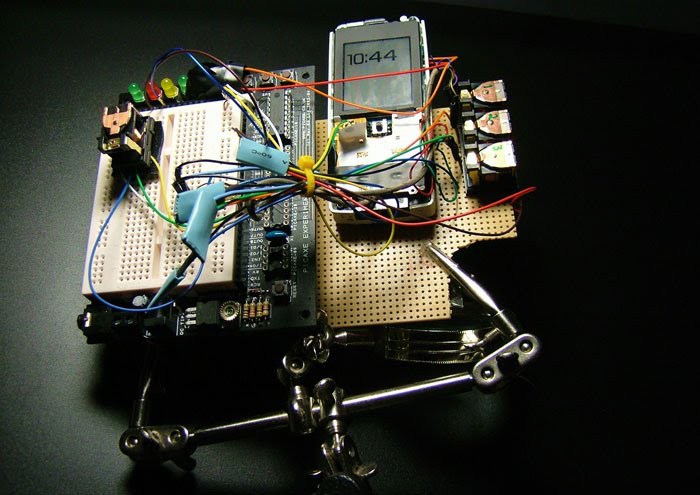
More stuff
http://www.toad.com/gnu/ JG owns the domain toad.com (registered on August 18, 1987!), an open mail relay.
mendax[http:// https://en.wikipedia.org/wiki/Julian_Assange https://en.wikipedia.org/wiki/Julian_Assange]
https://silentcircle.com/ https://en.wikipedia.org/wiki/Phil_Zimmermann
https://en.wikipedia.org/wiki/Jacob_Appelbaum https://en.wikipedia.org/wiki/Cult_of_the_Dead_Cow
##########################################################
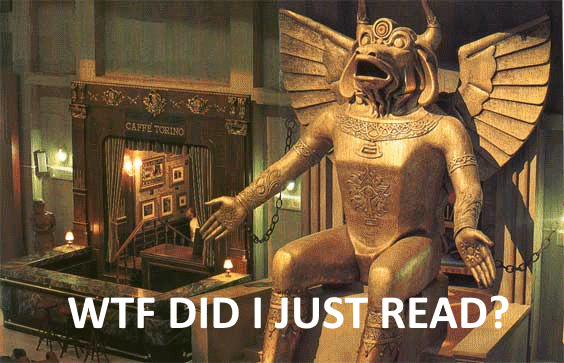
Would you like to talk to more people about this then check the Cicada 3301 freenode webchat.
https://webchat.freenode.net/?channels=#cicadasolvers
Or check out the 1337 Discord Solving Group.
https://discord.gg/kd73x8E
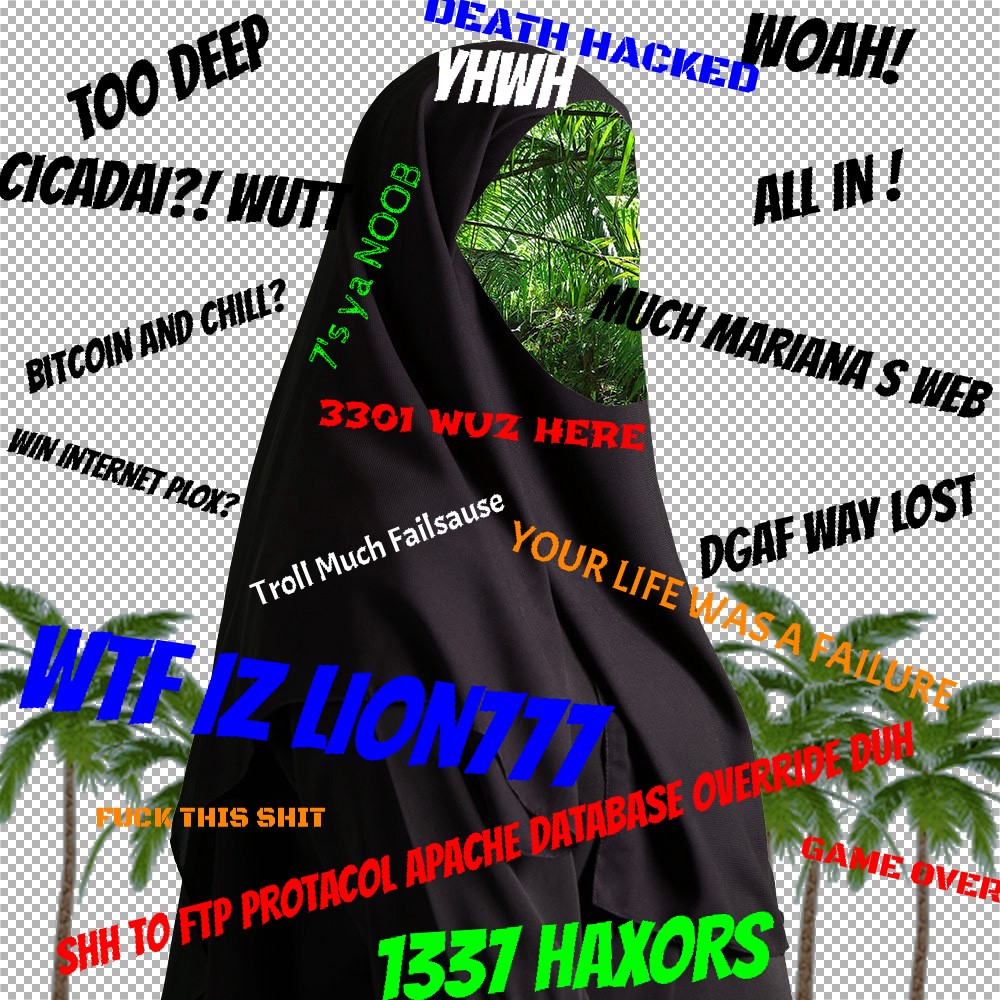
Thanks again for reading the article. Who do you think is Cicada 3301? Post Below!
X0A0